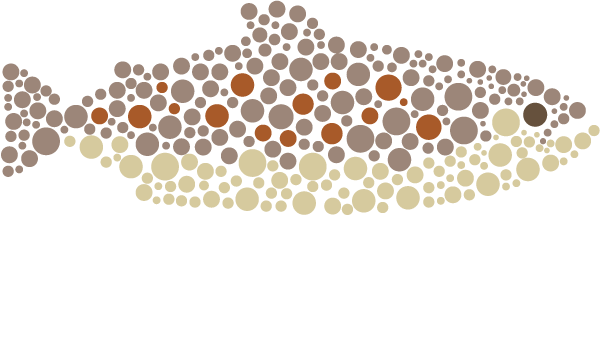Collaborative study into environmental and angler impacts on shallow highland waters
In November, two entomologists were amongst the ten experienced anglers conducting the first citizen science bug sampling on Penstock Lagoon as part of AAT's "Collaborative study into environmental and angler impacts on shallow highland waters".
The study is a response to observations by numerous highland anglers of changing patterns of Mayfly behavior and abundance.
John Gooderham from Waterbug Blitz and Ron Thresher who has sampled mayflies from Penstock over many years, mentored anglers as they sampled six individual sites around the lagoon, then worked alongside to identify and collate the macro invertebrates collected, which were also uploaded to the Waterbug Ap.
Establishing some macro invertebrate baseline information complements the water and sediment sampling being undertaken by Andy Taylor from Hydro Tasmania, as we examine historical meteorological, water-level, and turbidity data to look for possible relationships with angler observations.
AAT is seeking input from anglers who have diaries and historical records of their fishing experiences in our highland waters and are willing to add to the breadth of understanding in this collaborative project. If you're keen to share your experience, please send your information to: anglersalliance@gmail.com with 'Shallow Water Study' in the subject, or post to GPO Box 963, Hobart, 7001.
Anglers Alliance appreciate the valuable contribution of time and effort in working towards the prosperity of the Tasmanian freshwater fishery. Pictured here are the Penstock Waterbug Blitz bug sampling team, from L to R:
Standing: David Ridley, Ron Thresher, Gary France, Mark Aspinall, Phipps Onslow, David Travalia, Ray Brown. Seated: John Gooderham, Malcolm Crosse, Howard Jones.
For those interested in knowing more about the National Waterbug Blitz, check out their website: https://waterbugblitz.org.au/

